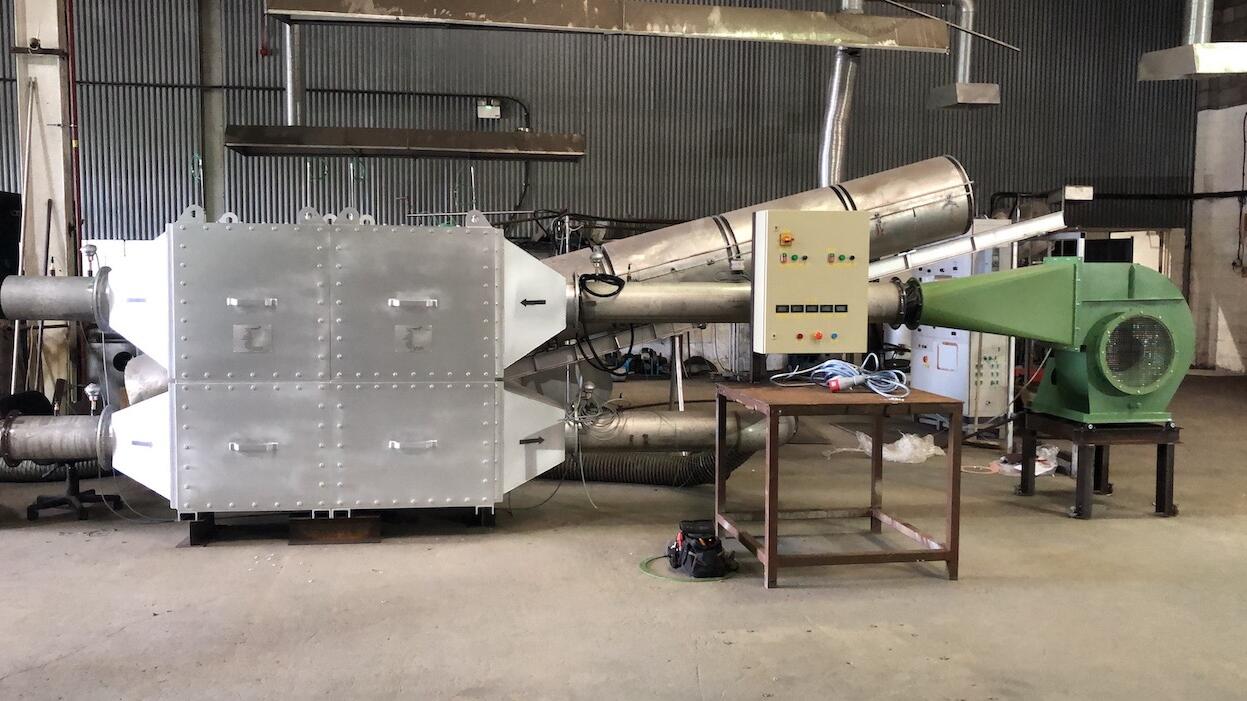 Circular Economy
Circular EconomyCircular Economy
In my blog ‘How will energy look in 2030? I have made 10 predictions for the next 10 years! I predicted that by 2030 all city centres will have some form of fifth generation heat network. The trend in heat networks has been to reduce system temperature. Older networks use steam to transmit heat, with more recent systems using water at around 80 degrees. In practice fourth and fifth generation networks are likely to merge. Unlike your phone you do not get a little logo in the top left corner of your screen saying you are using 5G Heat. Fifth generation is something that can happen quietly in the the background with the end user not really knowing! There remain some significant challenges with fifth generation technology. There are several case studies in operation now such as E.ONs medicon village which are showing some interesting performance. And there is also some interesting research being lead by South Bank University (amongst others).
Read Full articleEnergy recovery solution for waste water with payback less than 1 year
Treating wastewater in Australia produces three million tons of sludge which must be treated and disposed of. The process is responsible for 50% of the total operating costs of wastewater treatment plants. A new treatment technology would reduce the amount of waste by a third also recovering energy from the sludge itself.
Read Full articleCreating a long-lasting platform to map the future of energy
The EMB3Rs platform is set to help companies cost-effectively convert waste heat to a valuable revenue stream. It maps the supply and demand of thermal energy from potential stakeholders and shows how excess heat and cold can be re-used.
Read Full articleWhat are the main types of Waste-to-Energy technologies on the market today?
In the U.S. alone, 140 million tons of waste find their way into landfills every year. Energy recovery as a waste treatment process sees Waste-to-Energy technologies convert chemicals in waste residues into practical forms of energy.
Read Full articleThe Alliance4ECEI hosts the Digital tools as enablers of more efficient energy consumption in industrial waste heat/cold recovery webinar, as part of the Sustainable Energy Days
The Alliance for Energy Cooperation in European Industries (Alliance4ECEI) will hold the online session Digital tools as enablers of more efficient energy consumption in industrial waste heat/cold recovery as part of the activities of the Sustainable Energy Days in September 15 from 10:30 until 12:00 CEST.
Read Full articleRecovering waste heat for a greener Portugal
European project EMB3Rs is finding new ways to recycle industrial waste heat. The project aims to raise energy efficiency, cut carbon emissions and end fuel poverty. Currently, the only large-scale District Heat Cold (DHC) network in Portugal is operated by Climaespaço.
Read Full articleSmall systems, big benefits
Rising gas prices and higher carbon costs are driving demand for waste heat recovery. ETEKINA has designed three heat pipe waste heat exchangers recovering 40 percent of the waste heat in the exhaust streams at each of the four facilities.
Read Full articleEMB3Rs code and modules released at GitHub
The code of the integrated platform and of its modules is now available at GitHub. This means that a large community of potential users will now be able to access it for free. By testing the platforms application in different geographical locations, it can be tailored to the needs of the final users.
Read Full articleHow waste heat recovery will change the landscapes
The ETEKINA project has reimagined a decades-old technology called heat pipe heat exchangers. The technology allows companies to re-use the heat they generate. So far three sites that installed the prototype technology have slashed their fuel costs by 40%.
Read Full articleThe transformation of energy intensive industries
The ETEKINA project aims to recover 57-70% of the waste heat stream in energy intensive industries which up to now just go out of the chimney. The new heat pipe heat exchangers are an efficient tool to recover heat from industrial processes.
Read Full article








